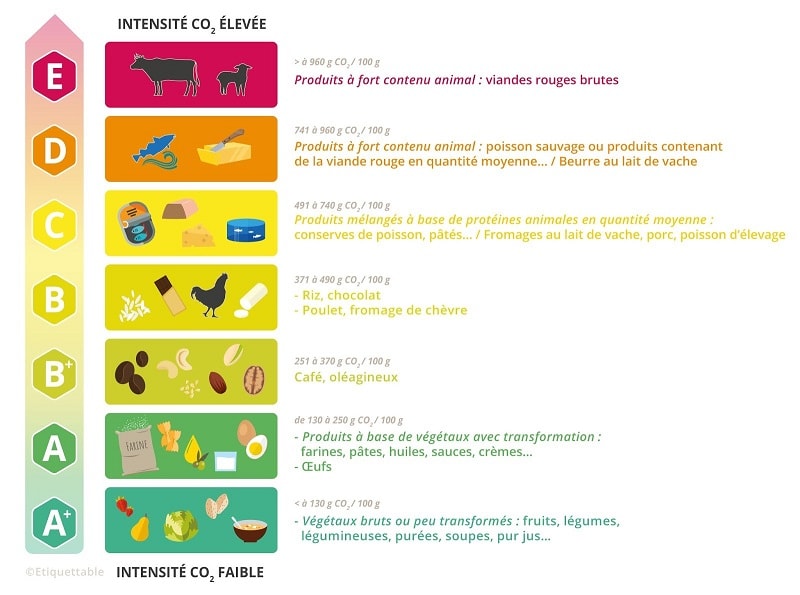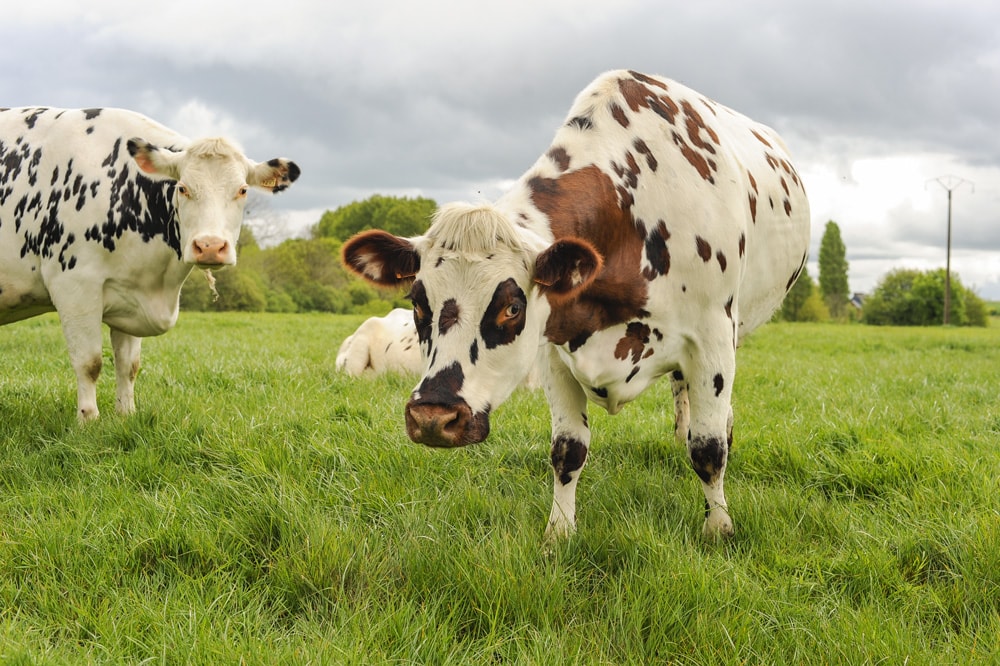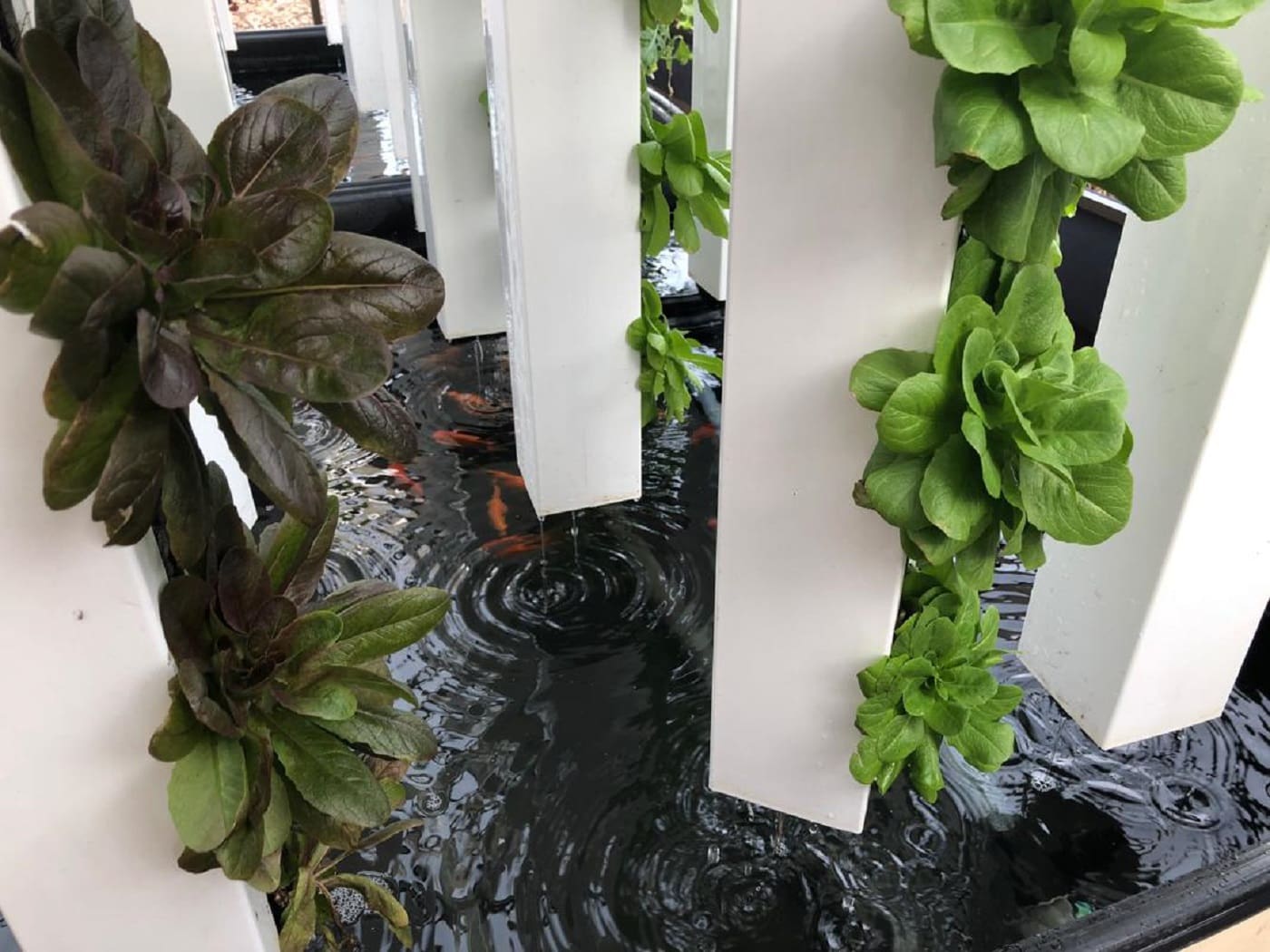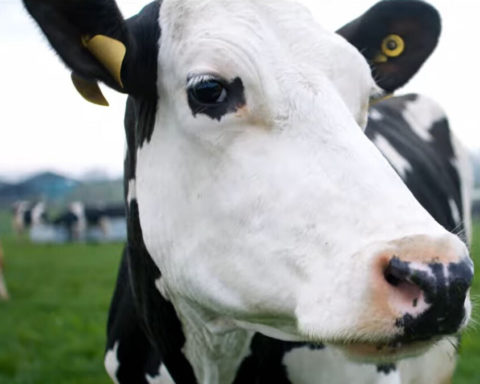Against a backdrop of a crisis of confidence in supermarkets and the unprecedented industrialisation of the organic food sector, the French are more than ever demanding transparency. To help them see more clearly, The Forksorganic online store, in partnership with Labelablea collaborative sustainable kitchen application created by ECO2 Initiativehas calculated the carbon footprint of the food products distributed on its site.
How can a consumer sort through the mass of divergent information he receives? Off-season organic tomatoes produced in France generate almost 10 times more CO2 than tomatoes imported from Spain. Glass packaging, which is more easily recyclable, is often considered to be more environmentally friendly. However, they generate 3 to 5 times more CO2 than plastic packaging, including the recycling rate.
"We are only beginning to understand that over-consumption of meat poses serious environmental problems. But do we suspect that one kilogram of beef is equivalent in terms of carbon footprint to more than 100 kilograms of seasonal vegetables and fruit? The approach we have undertaken with Etiquettable aims to simplify the understanding of these issues and to respond to the need for transparency of citizen consumers. And ultimately to help everyone reduce the carbon footprint of their diet". explains Lucas Lefebvre, co-founder of The Forks.
Calculating the carbon footprint: a French first
This is the first time a work of this scale has been carried out in France. In total, nearly 1,100 products were evaluated over more than a year, taking into account all stages of production, processing, storage, transport and packaging. These data are based on figures from ADEME, a state agency specialising in this field.
The carbon footprint is given in grams of CO2 released per 100 g of product (product example). 104 gCO2/100g therefore means that 104 g of CO2 was released into the atmosphere to produce 100 g of the product in question. This footprint is supplemented by a carbon score ranging from A+ to E, which makes it possible to compare the carbon impact of the product in question with the food usually consumed by the French (based on ADEME figures).
"In the absence of an official CO2 indicator that is easy for consumers to decipher, and because a quantity of CO2 is not very meaningful in itself, we have been working for several years on establishing an index that provides a simple way to compare the carbon intensity of food products. This index is the result of the analysis of thousands of products and, with a score out of 100 and a colour code, allows us to know if the product has a high carbon footprint, and therefore should be consumed in moderation. » says Shafik Asal, co-founder of Etiquettable.
Why not enjoy unlimited reading of UP'? Subscribe from €1.90 per week.

Among the criteria studied to calculate the carbon footprint are :
- The agricultural upstream, i.e. the carbon footprint linked to the production of the product. This is one of the largest carbon emission items. To make butter, for example, milk must be skimmed, pasteurized, matured, churned, washed and kneaded. All these steps consume energy and therefore generate greenhouse gases, which must be taken into account in the calculation.
- Transportation, which includes all greenhouse gas emissions related to the mode of transportation used (conventional truck, refrigerated truck, boat, airplane) and the distance travelled for each ingredient.
- Storage, i.e. the greenhouse gas emissions linked to the different modes of storage (dry, refrigerated, frozen) as well as to the average storage time of the ingredients making up the product.
- Packaging for the greenhouse gas emissions associated with the production of the packaging in which the finished product is placed. The weight of the packaging and its nature shall be taken into account.
Power supply is the primary source of greenhouse gas emissions.
Climate change is undoubtedly the greatest challenge facing humanity. The Fork was created by three young entrepreneurs with the ambition to help the French to consume in a more responsible and ethical way. After being the first retailer in France to display the Yuka score, The Forks continues to innovate by displaying the carbon footprint of its products, a relevant indicator to guide consumers wishing to take action on a daily basis to preserve the planet.
READ ALSO IN UP' : The Fork: Eat organic 20 to 50 % cheaper












